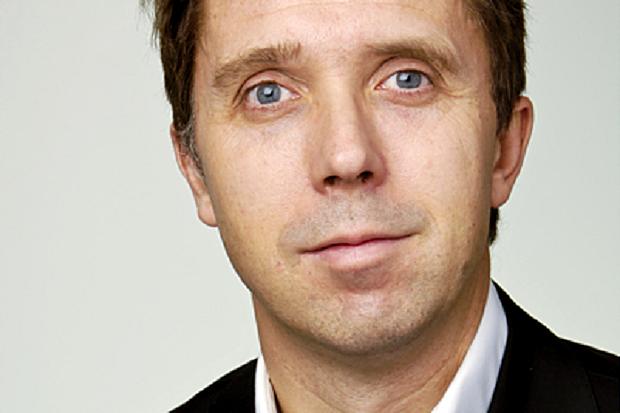UK unemployment rate to drop below 4% says Bank of England policymaker
The last time the official jobless rate was below 4 per cent was January 1975, when it was 3.9 per cent

The UK jobless rate could fall below 4 per cent, taking unemployment to its lowest level since January 1975, an official Bank of England rate setter predicted today.
Michael Saunders, an external member of the Bank’s Monetary Policy Committee (MPC), noted that the consensus among most forecasters is that the current 4.3 per cent jobless rate is about as low as it will go and that the unemployment rate will either stabilise or rise this year.
But Mr Saunders said it would actually descend still further.
“My hunch is that the labour market will probably tighten further this year, with the jobless rate dropping to – and perhaps even below – 4 per cent during 2018, alongside further declines in under-employment,” he said in a speech in London.
The last time the official jobless rate was below 4 per cent was January 1975, when it was 3.9 per cent.
Its lowest level on modern record was in December 1973, when the rate fell to 3.4 per cent.
Mr Saunders, a former economist at Citigroup before joining the MPC in 2016, also said that he suspected average UK pay growth would overshoot the consensus of City of London analysts of 2.6 per cent this year and the 2.8 per cent forecast for 2019.
Heading below 4 per cent?
Those views confirm Mr Saunders as lying at the hawkish end of the spectrum of views on the nine person MPC, signalling that he is more likely to vote for more rapid rate rises to contain inflation.
The Bank raised interest rates in November for the first time in a decade, lifting the Bank rate from 0.25 per cent to 0.5 per cent, and signalling that around two more hikes would be needed by 2020.
But Mr Saunders gave no indication of when he would be likely to be pressing for the next hike.
“There is plenty of data to see and analysis to do before we get to that,” he said.
But he added that further hikes should not be seen as a monetary tightening, so much as a reduction in stimulus.
“A modest further rise in rates would still imply a shift towards neutral, rather than an outright move to a restrictive policy stance. We would be gradually lifting our foot off the accelerator with no need to put the brakes on,” he said.
Financial markets are currently pricing in around two additional hikes in rates by the middle of 2020.
Inflation fell to 3 per cent in December, down from 3.1 per cent in November, prompting many to predict that inflationary pressure stemming from the slump in sterling in the wake of the 2016 Brexit vote has now peaked.
Mr Saunders’ hawkish speech follows a more dovish one from his MPC colleague Silvana Tenreyro on Tuesday, in which she said that it was possible that UK productivity growth would pick up more strongly than expected over the coming years, something that could alleviate inflationary pressures.
Subscribe to Independent Premium to bookmark this article
Want to bookmark your favourite articles and stories to read or reference later? Start your Independent Premium subscription today.

Join our commenting forum
Join thought-provoking conversations, follow other Independent readers and see their replies